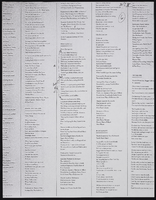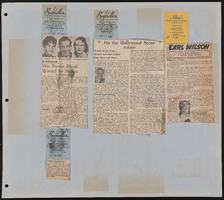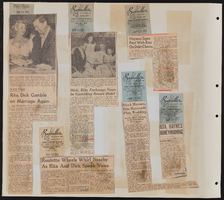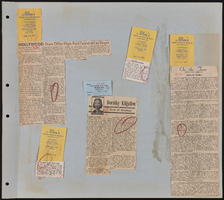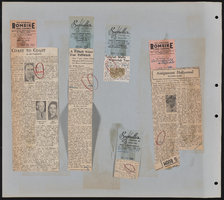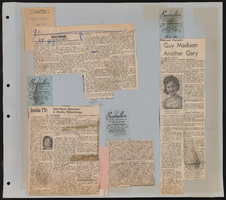Search the Special Collections and Archives Portal
Search Results
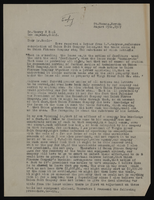
Correspondence, Levi Syphus to Dr. Wherry E. Neel
Date
1927-08
Archival Collection
Description
This folder is from the "Correspondence" file of the Sadie and Hampton George Papers (MS-00434)
Text

Meeting minutes for Consolidated Student Senate University of Nevada, Las Vegas, September 14, 1998
Date
1998-09-14
Archival Collection
Description
Includes meeting agenda and minutes.
Text

Meeting minutes for Consolidated Student Senate University of Nevada, Las Vegas, August 14, 1995
Date
1995-08-14
Archival Collection
Description
Includes meeting agenda and minutes.
Text
Pagination
Refine my results
Content Type
Creator or Contributor
Subject
Archival Collection
Digital Project
Resource Type
Year
Material Type
Place
Language
Records Classification

